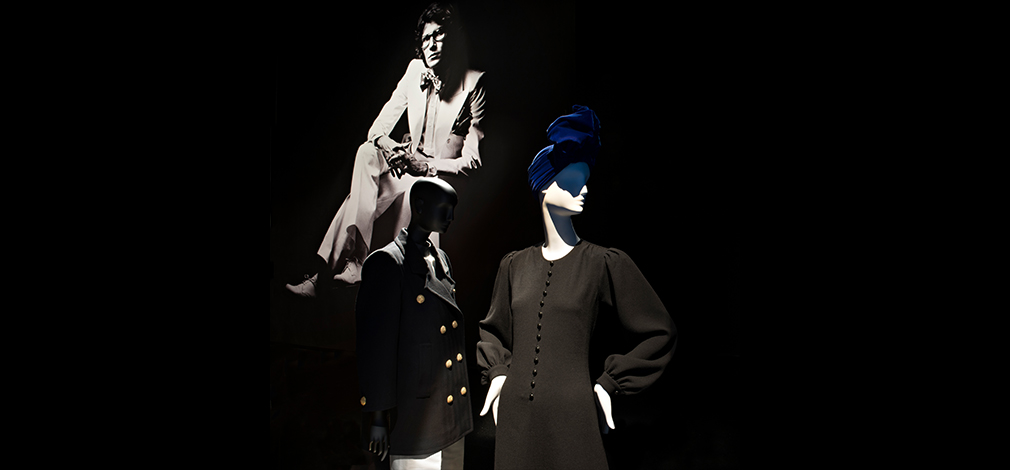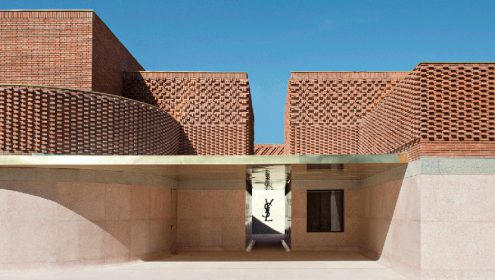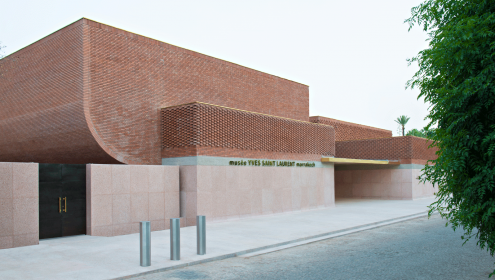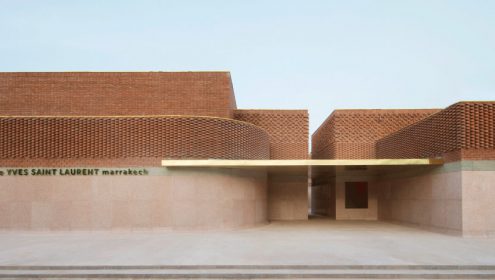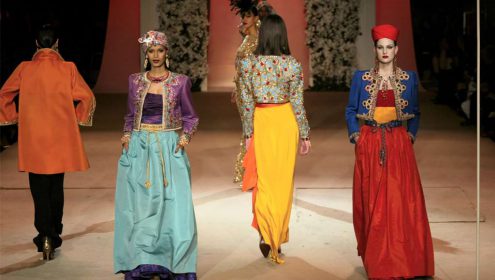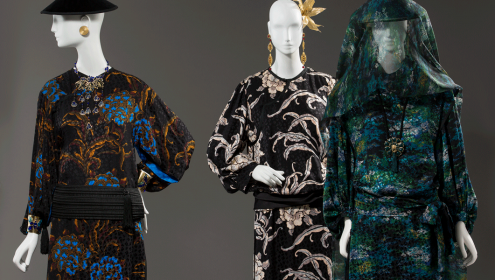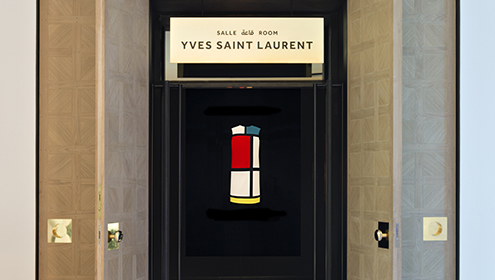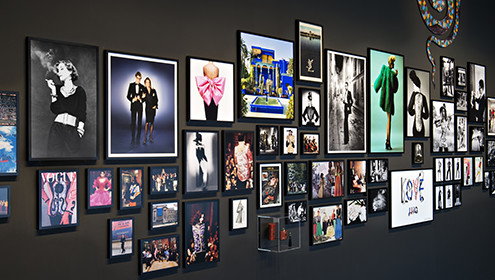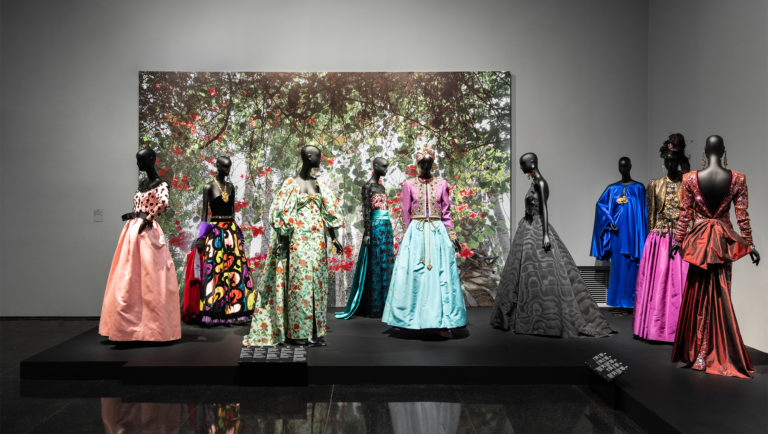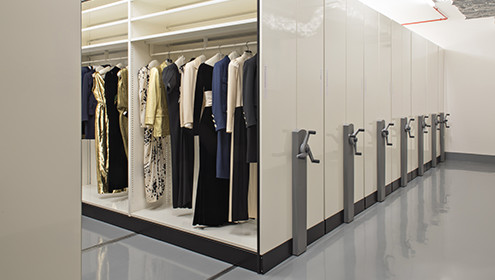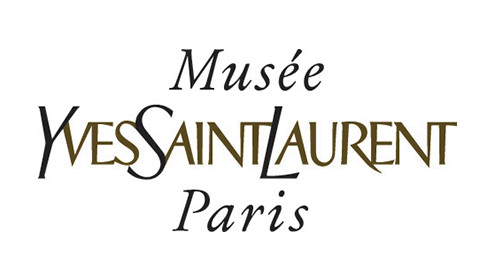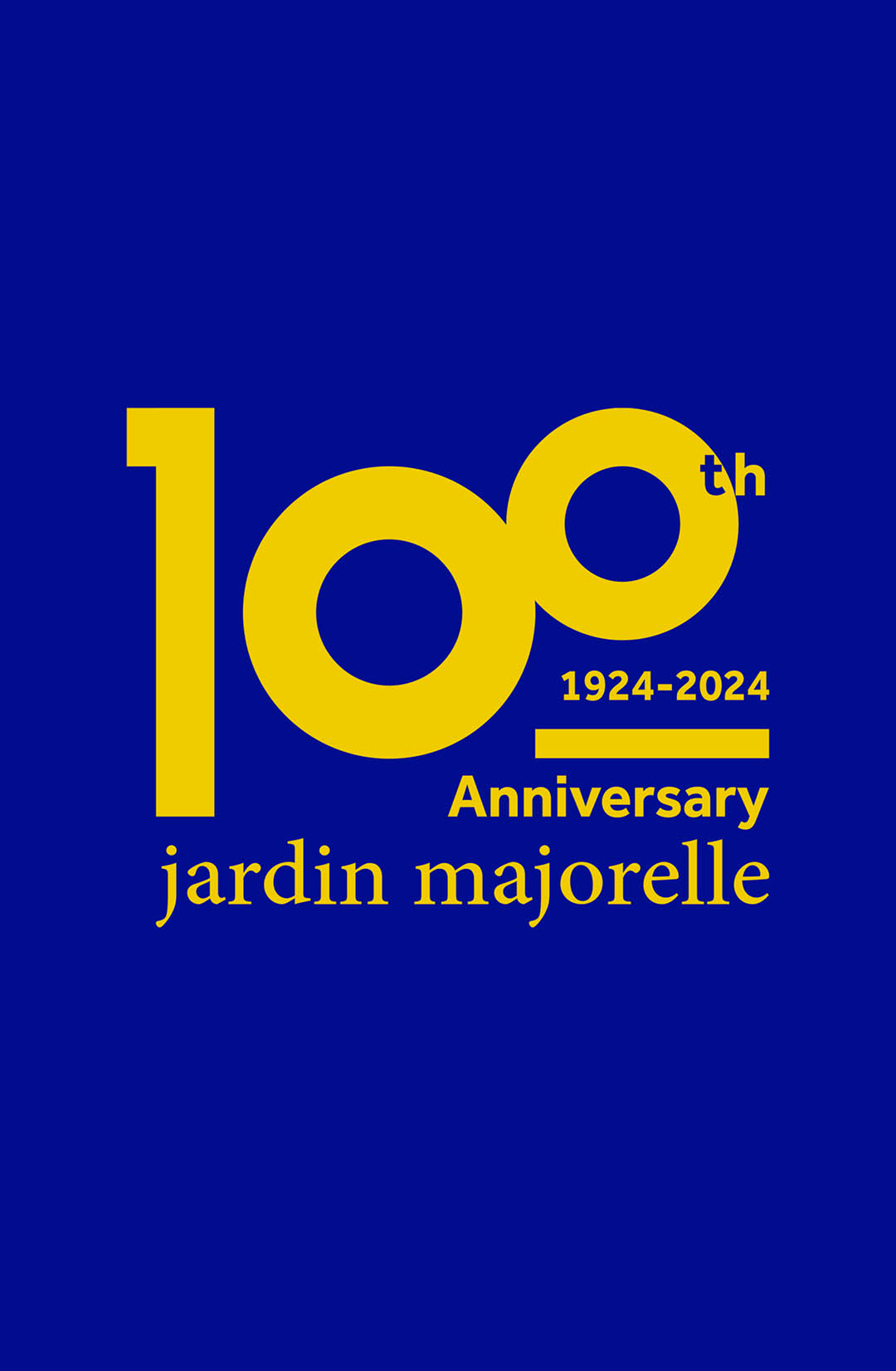The museum’s collection,
property of the fondation pierre bergé-yves saint laurent
is unique in the world of haute couture
A real pioneer, Yves Saint Laurent was the only fashion designer of his generation to systematically archive his work, beginning with the founding of the couture house. The heritage safeguarded by the foundation is a treasure-trove allowing us to discover the creative universe of Yves Saint Laurent. A real pioneer, Yves Saint Laurent was the only fashion designer of his generation to systematically archive his work, beginning with the founding of the couture house. The heritage safeguarded by the foundation is a treasure-trove allowing us to discover the creative universe of Yves Saint Laurent.
From garments to works of art: the history of a unique collection
Beginning in 1964, Yves Saint Laurent decided to set aside for safekeeping certain prototypes from every collection. A prototype is a model, designed by the couturier and fashioned by his workshops under his direction, then revealed to the public at the runways shows. A prototype is not the same thing as a garment fitted to a particular client according to her measurements and desires, usually in the weeks that followed the runway shows. The couturier’s prototypes have been conserved by the foundation along with its accessories (jewellery, shoes, gloves, hats, etc.)
Other than the prototypes, important elements relative to each collection were also set aside to be eventually archived by the couture house: original sketches, atelier worksheets, collection boards, photographs and videos of the runway shows, client notebooks (by model or by client), press clippings, etc
Textiles and accessories
The Foundation’s holdings include more than 5,000 haute couture garments. The heart of the collection, enriched by ongoing acquisitions and donations, is based on the choices made by the couturier, season after season.The holdings include every entire haute couture collection made by Yves Saint Laurent between 1962 and 2002. The foundation also safeguards 65 Dior garments designed between 1955 and 1960 while Yves Saint Laurent was Christian Dior’s assistant, before becoming the couture house’s creative director.Aside from his haute couture collections and ready-to-wear clothing, Yves Saint Laurent’s creative genius was expressed in costumes he designed for renowned actors and actresses, among them: Arletty in Les Monstres sacrés (1966), Catherine Deneuve in Belle de Jour (1967), Anny Duperey in Stavisky (1974) and Geneviève Page in l’Aigle à deux têtes (1978). He was a close friend of the cabaret dancer Zizi Jeanmaire and the choreographer Roland Petit, for whom he designed many costumes and stage sets. The foundation’s collection includes over a hundred costumes and dozens of accessories that bear witness to Yves Saint Laurent’s extraordinary talent when designing for the stage and screen.
The graphic arts
Creating an haute couture collection is a long and complex process. Although it begins with the couturier’s sketch, every creative step that follows is accompanied by documents allowing the couture house’s ateliers to envision and prepare the prototypes as well as the garments fitted to specific clientsThe graphic holdings of the Foundation contain more than sketches by Yves Saint Laurent; they also include internal couture house documents that were integral to preparing the prototypes:
– The atelier worksheets feature reproductions of the original sketch along with useful information for the workshop, the name of the fashion model who would wear the garment at the runway show, material and colour references and swatches, the names of fabric suppliers, as well as a precise description of the accessories to be worn with the prototype when it is revealed to the public at the runway show. Any modifications made during the fashioning of the prototype are scrupulously noted.
– The collection boards are large-format documents that provide an overall view of the collection. They are organised by garment type (for example, ‘Suits’, ‘Short evening dresses’, ‘Long evening dresses’, ‘Smoking’, etc.) and show a reproduction of the original sketch and the corresponding fabric swatch. The collection boards would allow Yves Saint Laurent to have an overall impression of the runway show from beginning to end, while giving him the opportunity to decide the order in which the garments would be shown, and verify that the collection was presented in a logical manner.
Document archives
Sourced from the couture house’s ateliers or press department, the archives provide us with a wealth of additional information concerning the prototypes and other garments held by the foundation.
First of all, many documents provide a tangible trace of the creative process:
– The ateliers’ specifications sheets detailed the fabric yardage required, the cost of the fabric and other material needed to prepare the prototype, as well as the estimated time needed to fashion the garment; all this information was used to determine the price of the finished garment.
– The patterns and canvas models were important elements used in preparing the final prototype, and served to refine embroidery samples, printed fabrics or plaited textiles used in the fashioning of hats and shoes.
Other documents record the planning of every runway show and the sales that followed:
– The seating charts, press kits and invitations allow one to relive the most intense moments at the couture house as every runway show was being prepared. Above all, photographs and videos of the runway shows let us see the garments worn as the couturier imagined them.
– The sales books and client sheets provide a detailed record of orders placed by the buyers and individual clients after each runway show.
Yves Saint Laurent and Pierre Bergé’s personal archives – mostly photographs – are held by the foundation and allow us to retrace their lives beyond the couture house: their childhoods in Oran and on the Île d’Oléron, their early years in Paris, the amassing of their impressive art collection and time spent at their different homes.
The Press and Communications Department at the couture house systematically archived magazines, press clippings and interviews. They provide invaluable commentary regarding the annual collections and other important events organised by the couture house over forty years. The archive greatly helps in understanding the career and life of the couturier, and places them in the context of the time.
Paintings and artists’ photographs
Important portraits of the couturier are held by the Fondation Pierre Bergé – Yves Saint Laurent, including one by Bernard Buffet, painted in 1958, and a series of portraits by Andy Warhol from 1972.
The collection also includes more than 1000 vintage prints by some of the greatest fashion photographers of the 20th century: Irving Penn, Richard Avedon, Helmut Newton, David Seidner, Arthur Elgort, Jeanloup Sieff and Marc Riboud. Whether photographs commissioned by leading French and international newspapers and magazines, portraits of the couturier, or advertising photographs for the launch of perfumes, these images were instrumental in forging the history and prestige of Yves Saint Laurent and his couture house.
Close the tab

